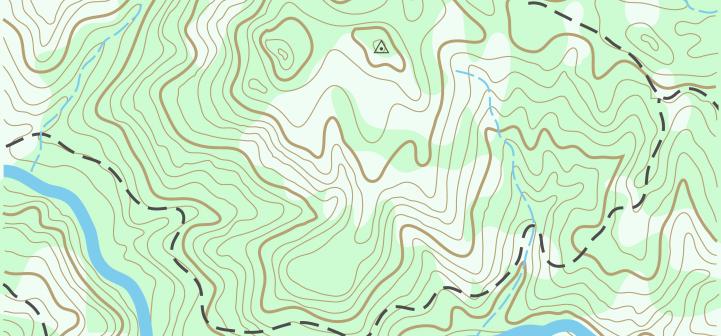An Overview of Precision Agriculture
Prepared By: Dr. John Fulton and Daniel Mullenix, Auburn University

Highlights of Precision Agriculture[[1]]
Precision agriculture, also called “farming by the foot”, can be defined as a comprehensive system designed to optimize agricultural production through the application of crop information, advanced technology and management practices. A truly comprehensive approach to precision agriculture begins with crop planning and includes tillage, planting, chemical applications, harvesting, and post harvest processing of the crop. Basically precision agriculture is using advanced technology in culmination with existing agriculture equipment to maximize yield while minimizing losses. These losses come in many forms; some include overspending on fertilizer, seed, pesticides, and herbicides due to poor placement. This can be minimized by precisely distributing them because they tend to be dispersed with overlaps occurring or skips taking place. With the use of precision ag the farmer also maximizes his efficiency and makes the most of his time spent in the field.
The rudimentary feature of precision ag is the Global Positioning System (GPS). GPS operates using several satellites strategically placed in different orbits in space. These satellites transmit signals to a receiver on earth and, by a mathematical expression known as trilateration, let the receiver know exactly where it is. In precision agriculture, the receiver is the round object usually located on top of the tractor cab. The receiver communicates with the computer system located in the tractor cab and the operator programs the computer to carry out a task specific to the type of farming he/she is engaged in. For example, the farmer can tell the tractor to drive a straight path across the field and push a button and the tractor will drive itself along the course until the farmer is ready to take over again or turn the tractor around. The best GPS systems today that are integrated into farming have accuracy within a 3 cm range. It is pretty phenomenal knowing exactly where you are within 3 cm. across a 100 acre field.
Some of the more intricate aspects of precision agriculture include site specific crop management and variable rate technology. Site specific crop management uses a yield map of the field to predict and prescribe fertilization and pesticide application to different parts of the field as needed. This has been made possible by recent innovation in information and technology such as microcomputers, geographic information systems, positioning technologies (GPS), and automatic control of farm machinery. Using this technology one can avoid having to put a uniform distribution of fertilizer pesticides, or seeds across a field and wasting products in areas that may not necessarily need it. This is where the slogan “farming by the foot” was derived because the yield maps can provide very small scale application needs almost down to the square foot.
A yield map can be generated using GPS, a computer program such as ArcGIS, and a load cell or impact plate on the implement all working collectively. The impact plate or load cell will measure the mass of a crop being harvested in the field at the same time the GPS system is recording exactly where the tractor is in the field. The yield at this specific location is associated with a GPS position and saved in the computer. It then can be uploaded into ArcGIS and a map made from the information indicating the amount of grain harvested at each point in the field.
Variable-rate technology works closely with site specific management in that fertilizers, pesticides, or seeds are put out at variable rates according to the prescription of the specific site. This technology also allows sections of the sprayer or planter to turn on and off based on obstacles in the field, waterways, overlap or unneeded distribution of product or seeds.
Precision agriculture encapsulates uses of GPS systems, farming equipment, and computer systems and makes it almost a must for a farmer in today’s society who farms even a moderate amount of acreage. The benefits of precision ag can save a farmer 8% to 30% a year which can translate to about $30,000 or more. At this rate, a farmer can equip all of his implements with this technology and it will pay for itself in a few short years. Clearly, a modern day farmer cannot afford to be without precision agriculture equipment.
